Food vacuum sealers are an important kitchen appliance and one of the best home preserving equipment pieces. So, how does a food vacuum sealer work?
In most cases, you do not realize just how useful a vacuum sealer is until you buy one. A vacuum sealer has multiple applications – from food storage to corrosion protection, sealing bottles and jars, emergency food preparation and resealing bags. You can even use a vacuum sealer for the purpose of sous vide cooking.
If you are going to use this appliance anytime in your kitchen journey, you should know how a food vacuum sealer works in the first place. Let us take you through how vacuum sealers work for preserving food at home, and delicious cooking!
Quick Content Navigation
Importance of Food Vacuum Sealers
If you are wondering about the use of food vacuum sealers for home food preserving, here are some reasons to bring one home:
- Saving You Time:
You can seal family-sized meals or portions and store them in the refrigerator or freezer. When you need to eat, simply take out the portions that you require and cook or reheat. This not only helps in saving time, but also keeps nutritious food on hand and reduces waste in landfills.
- Preserving Food:
Food vacuum sealers help in preserving food by preventing the growth of mold and bacteria. The process of vacuum sealing removes oxygen from inside the package. Bacteria and mold do not grow without oxygen.
- Extending Shelf Life:
A food’s shelf life is extended when it is properly vacuum-sealed. Vacuum sealing helps to preserve food for 3-5 times longer in comparison to that stored in bags or plastic containers. Some food that has been vacuum-sealed can last for years in the freezer.
- Efficient Food Organization:
Vacuum sealing is a terrific way for efficient food storage and organization. Food that is vacuum-sealed shrinks so takes up minimal space in your freezer. This allows ample food storage, even in a smaller freezer.
Similarly, if you are storing in the refrigerator or pantry. Smaller packages can be more densely packed for efficiency, so, no need for a kitchen extension or buying a bigger refrigerator or freezer.
- Keeping Food Fresh:
Vacuum sealing not only helps in preventing food spoilage but also in keeping fats in food from spoiling and turning rancid. At the same time, vacuum sealing prevents food from changing color while eliminating any bad odors or having food develop a slimy cover.
Working With Food Vacuum Sealers
While you might buy a food vacuum sealer for yourself, most people are confused about using it in the right manner. What actually is happening inside the chamber is not something you experience in front of your eyes. The air gets pumped out of the chamber.
Here are some steps to understand its working in detail.
Step 1: Vacuum Extraction
Fill the vacuum bag and position the end of the bag on the seal bar of the vacuum sealer. Ensure that you don’t over-fill the bag as this may cause food to leak out and may affect the quality of the seal.
Once you have your bag in the correct position, close the lid of the machine. The in-built pump starts extracting air out of the bag and you will see the bag start to “wrap” around the food.
If you are using a chamber vacuum sealer, the bag is inserted into the chamber and all the air is pumped out. Eventually, the entire chamber will become a vacuum. As such, the pressure inside the vacuum bag will be the same as inside the chamber, and all air is removed from inside the bag. Once this is achieved, the bag will be sealed using the heat seal bar inside the chamber.
There are different systems that you can use for controlling the overall vacuum percentage for specific products.
Step 2: Vacuum Bag Sealing
For an external vacuum sealer, like the one pictured here, the process of sealing the bags is often fully automated. Simply programme the panel for different food types, and once your pre-set options are met, the machine will automatically seal the bag.
There are usually different settings such as moist or dry, and pressure options such as gentle or normal to select from. Sealing occurs when the seal bar heats and melts the plastic of the bag. Seal bars can be single or double, depending on the model.
For chamber vacuum sealers, once all the air has been removed from the bag, the contra bar and the sealing bar close. This triggers the respective sealing wires to heat for melting the bag’s layers together.
You can achieve a series of seal configurations for different bags and foods. Simply programme your chamber vacuum sealer for different kinds and sizes of bags.
Most machines are now equipped with double seal wires and come with the option of cut-off seals and wide seals.
Step 3: Aeration Of The Chamber (Chamber Vacuum Sealers Only)
The final step is connected with the decompression of the food vacuum chamber. Once the bag has been sealed, air will be introduced back into the chamber so it is safe to open.
There is usually a soft air option to allow slow decompression. Use this to protect sharp or fragile products.
Different Types of Food Vacuum Sealers
There are 2 main types of vacuum sealers – Chamber Vacuum Sealers and External Vacuum Sealers.
Which one you choose will come down to a few important factors. Budget is a big one.
External or non-chamber vacuum sealers are much cheaper. However, they do not allow you to seal large quantities of food at any one time. And, they are not ideal for sealing bags that contain liquid.
These units are found in many household kitchens and even in most commercial kitchens and restaurants.
They are fast, compact, easy to use and budget priced. Easily seal leftovers, herbs, vegetables, meat and fish, nuts, jerky and dried produce.
However, these units are not capable of sealing liquids. As such, anything moist – including fish or meat, should be frozen before sealing. This will keep moisture from getting into the machine, and also allow for a clean seal.
These sealing units feature a vacuum pump rather than a vacuum channel making them more powerful. They offer greater versatility and a much better performance than external vacuum sealers.
For sous vide cooking, they are the only vacuum sealer type capable of sealing liquids.
If you will be doing a lot of vacuum sealing, or want to seal foods for sous vide where they are marinated in liquids, these are your only choice.
You will pay more for these chamber vacuum sealers, but their capabilities are worth the outlay.
These units are designed for convenience. They are very compact and are used in situations where it is easier to take the sealer to the bag, or where there is very little space in a kitchen.
They are ideal for caravans and camping as they require so little space. Indeed, these powerful units can protect valuable documents and are fantastic for sealing blankets and coats for summer storage.
Special bags are required that have an in-built valve. They work opposite to other vacuum sealers in that the bag is sealed first and the unit clips onto the valve to remove all the air.
Manual Vs. Automatic:
While using a food vacuum sealers, it is recommended to go through the instructions about whether the unit is manual or automatic.
Automatic sealers are known to switch between sealing and vacuuming on their own.
On the other hand, the manual sealing unit requires you to instruct methods of vacuuming and sealing separately.
The Double Sealing Process Of Food Vacuum Sealers
Most modern home food vacuum sealers use a double seal, but not all! Some of the cheaper external have only a single seal bar. This means that if you want to create a double seal, you must open the lid and re-position the bag to manually create a double seal.
A single seal is adequate for sealing certain products. Dried herbs, nuts, pre-packing meals for the week, re-sealing cheeses, processed meats and even crisp packets all work fine with a single seal. Any food that you are looking to store long-term, should ideally use a double seal.
We suggest investing a little more when purchasing a home food vacuum sealer, and look for a unit that has an in-built double seal.
Most chamber vacuum sealers utilise a double seal. These units are used in commercial kitchens and restaurants and understand the need for proper air extraction and safe sealing.
Conclusion
Why you should invest in food vacuum sealers and have one in your kitchen?
A food vacuum sealer can help you save time & money by preserving leftovers, extending the shelf life of many foods and keeping food fresh for longer.
Now that you understand food vacuum sealers work, it should be easier to select the best model for your needs.
If you have enjoyed reading this article, we have many home preserving equipment reviews and best reviews for vacuum sealers on the links below.
Best Vacuum Sealer Reviews for 2021
Best Chamber Vacuum Sealers For Easy Home Preserving
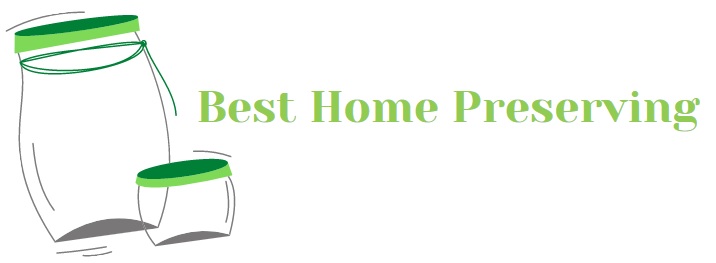
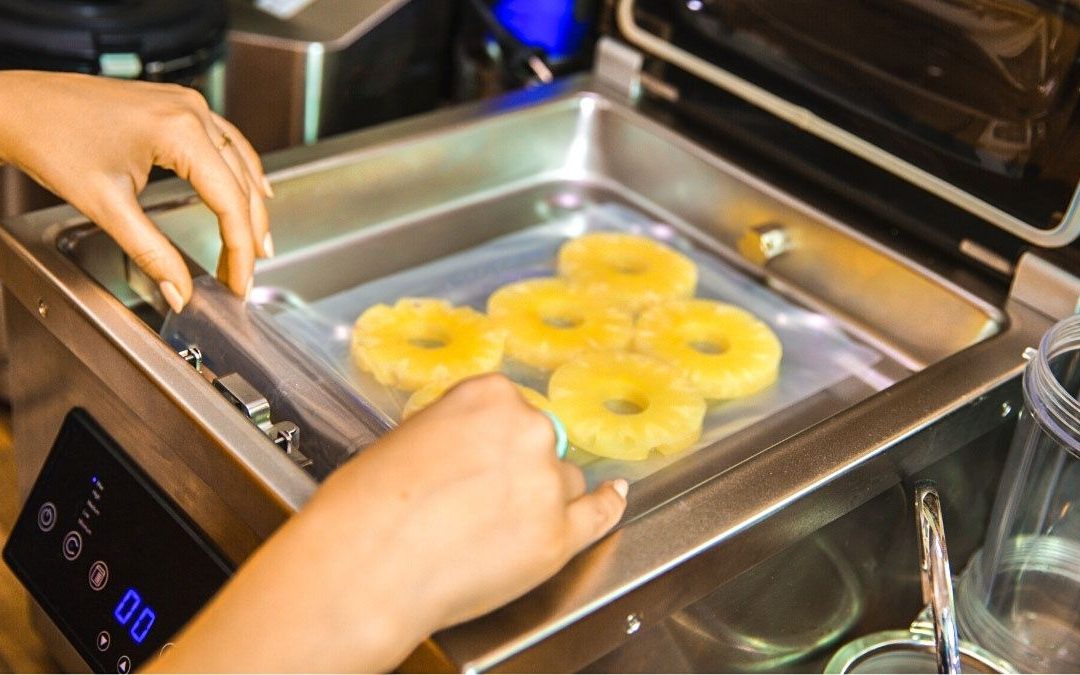
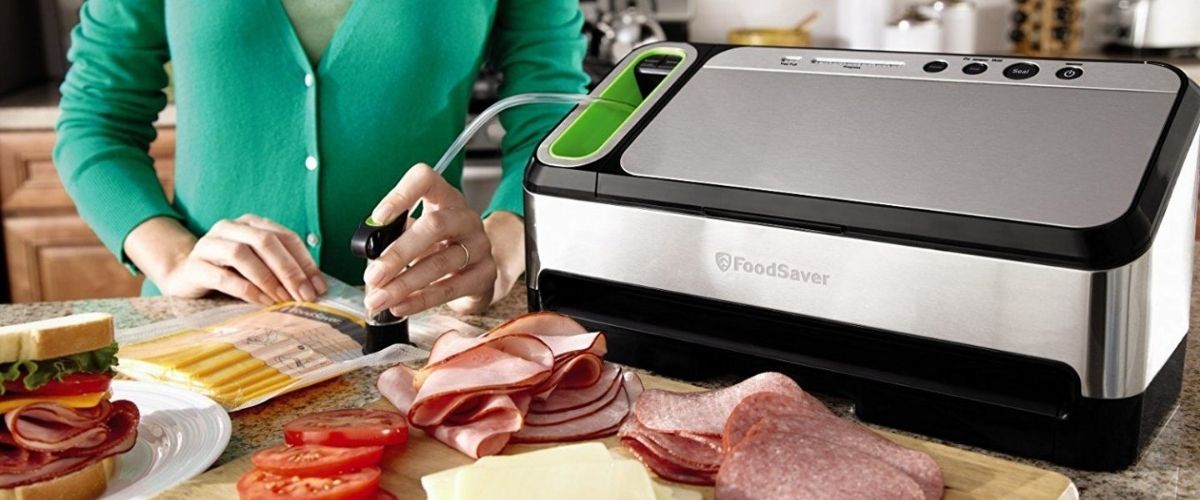
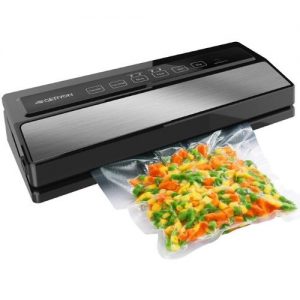
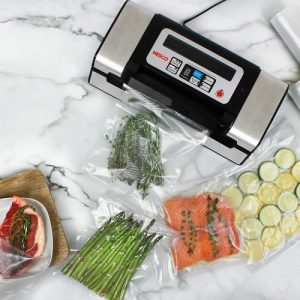
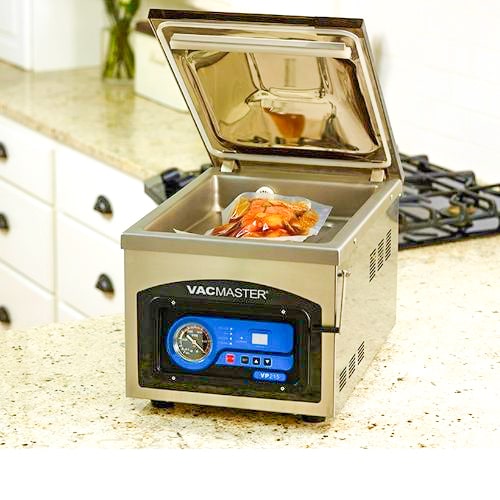
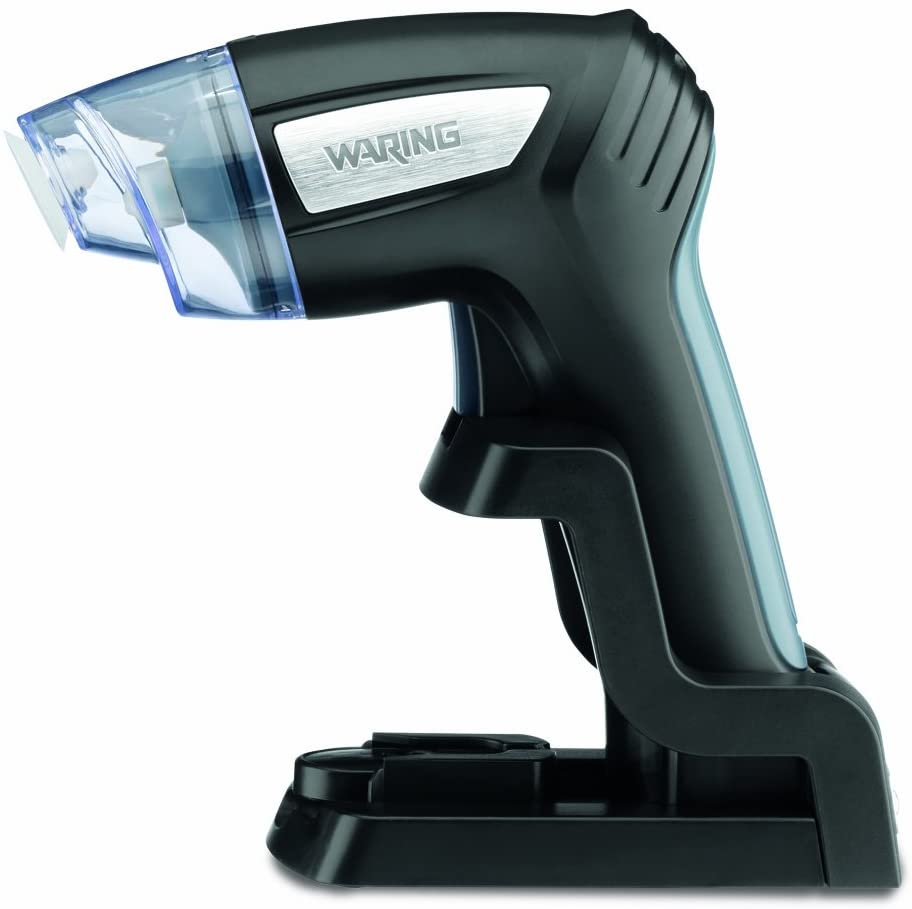
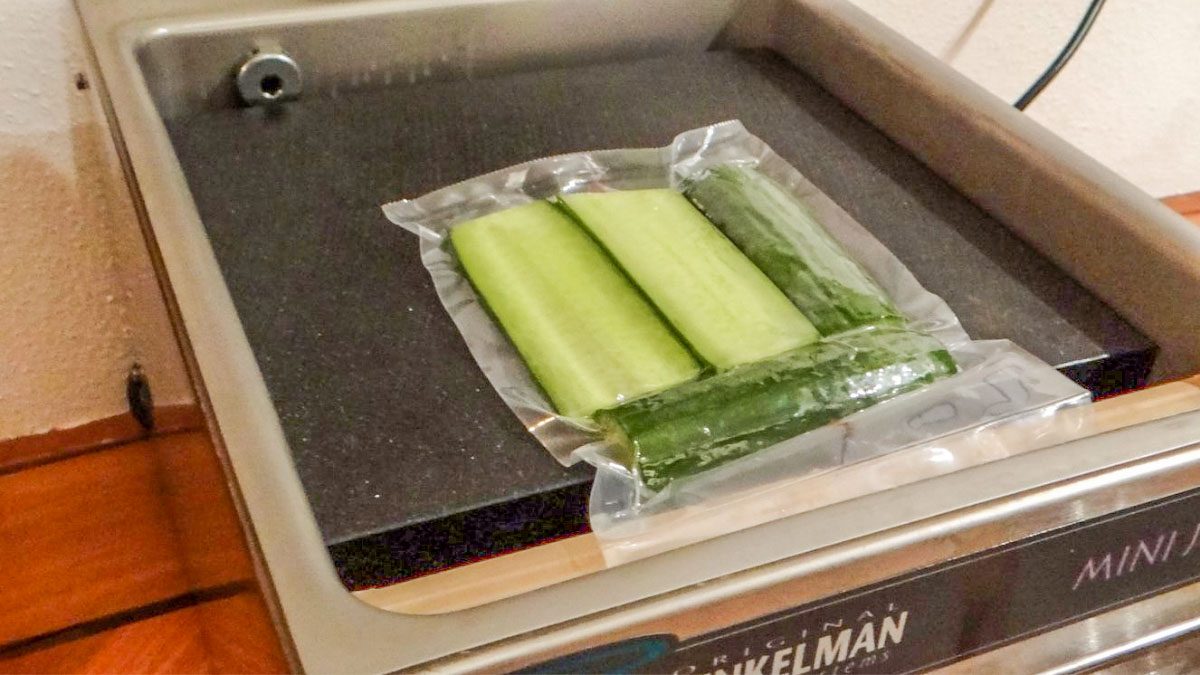
 Hi! I’m Sally-Anne!
Hi! I’m Sally-Anne!
Very soon this web page will be famous among all blog viewers, due to
it’s good posts
Excellent post! We are linking to this particularly great article on our site.
Keep up the good writing.
Thank you for the feedback. We have lots more great information coming.
Hey very nice blog!
Hello.This article was extremely remarkable, particularly since I was looking for thoughts on this topic last couple of days.